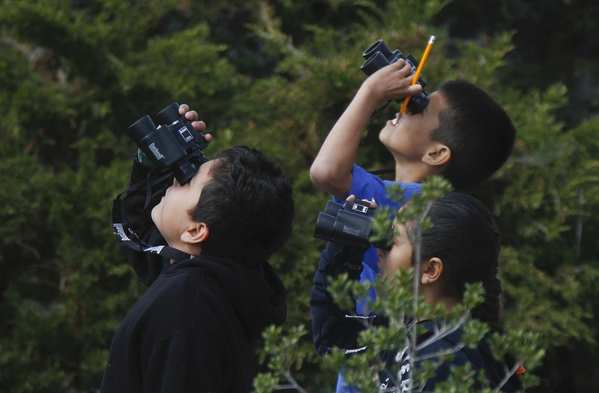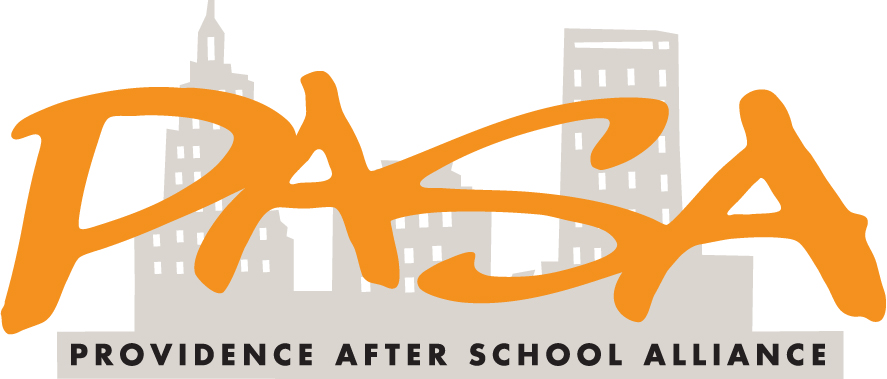

(Photo by Mark Boster, Los Angeles Times/ March 1, 2012)
By Michael Braithwaite
Schools, after-school and expanded learning organizations, community members, and policy makers across the country are finding themselves in an exciting position of trying to determine how a new generation of learners can best be served. New models of practice, dynamic collaborations, and never-before-seen digital innovations are cropping up in countless cities and towns and it seems that the time is ripe for a paradigm shift.
As communities try different tactics to reengage young people in their learning experiences, questions about how we can innovate, revitalize, and invigorate while still focusing on test scores seem to punctuate much of the conversation. According to the students (and their test scores) at Leo Politi Elementary School, west of downtown LA, one answer might be to provide students with opportunities for relevant, hands-on learning.
The LA Times’ Louis Sahagun published an encouraging article this week about how the addition of a school garden at Politi sent science test scores “from the basement to the penthouse.” According to the article, “three years ago, the school’s standardized test scores in science for fifth-graders showed that 9% were proficient and none were advanced. Last spring, 53% of fifth-graders tested as proficient or advanced.”
Hands-on learning is no stranger to PASA or to many educators. In fact, it’s just makes sense that if young people dive into real-world science experiences, regardless if it’s building a solar go-cart or designing an avian field guide for a local park, those experiences are going to encourage connections to and enhance classroom learning!
To see what PASA’s doing to encourage hands-on learning, check out our Everyday Explorers blog.
